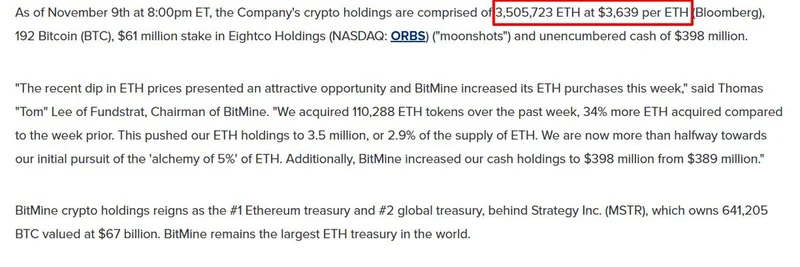In the fast-paced world of blockchain, where new ideas pop up daily, it's refreshing when industry vets like Mike Ippolito share their evolving thoughts. If you're not familiar, Mike is a prominent voice in crypto, co-founder of Blockworks and a sharp analyst who's been around the block (pun intended). Recently, on X (formerly Twitter), he dropped a thought-provoking post that's got everyone talking about the rollup architecture and its role in the future of decentralized apps—including the wild world of meme tokens.
Mike's main point? He's "fully come around" to rollups. For the uninitiated, rollups are a Layer 2 scaling solution that bundles transactions off the main chain (like Ethereum) to make things faster and cheaper, while still leveraging the security of the base layer. Think of it as outsourcing the heavy lifting so you can focus on what matters.
He argues that sure, big players with massive distribution—like Robinhood—might spin up their own chains. But for 98% of businesses, running a full blockchain isn't core to their operations. Why dive into the weeds of consensus mechanisms and data availability (DA) when you could just plug into proven setups like Ethereum, Celestia, or Arbitrum? It's all about avoiding extra costs and distractions. As Mike puts it, if you're building onchain social platforms or retail brokerages, infra headaches aren't where you want to compete.
This ties neatly into a classic business framework: core vs. context. Mike followed up his post by quoting Aaron Levie, CEO of Box, who explained this concept in the context of AI but noted its relevance to crypto. Core activities are what differentiate your business and win customers—like crafting viral meme narratives or community-driven tokenomics. Context, on the other hand, is the essential but non-differentiating stuff, like backend infrastructure. Mess it up, and you're in trouble; nail it yourself, and you're just reinventing the wheel without much upside.
The diagram from Geoffrey A. Moore's book Dealing with Darwin (shared in Levie's post) visualizes this perfectly: high-risk, mission-critical tasks should be core if they drive differentiation, but otherwise, outsource them to minimize headaches.
Mike predicts a wave of companies trying custom chains over the next few years, only to pivot back to rollups. It's a pragmatic take—why shoulder the operational burden when Rollup-as-a-Service (RaaS) tools make it easy to deploy on existing ecosystems?
Now, let's connect this to meme tokens, since that's our beat here at Meme Insider. Meme coins thrive on speed, low fees, and community hype, not on bespoke blockchain tech. Projects like Dogecoin or newer hits on Solana show that builders succeed by focusing on virality and engagement, not infra. Rollups could supercharge this: imagine launching a meme token on an Ethereum L2 like Arbitrum, where gas fees are pennies and scalability is baked in. No need to build your own chain—just tap into Ethereum's security and liquidity while keeping costs down for degens trading 24/7.
This shift could democratize meme token creation even more. Small teams or solo creators won't waste time on node management or DA layers; they'll use Celestia's modular approach for cheap data storage or Arbitrum's optimistic rollups for quick executions. The result? More innovation in tokenomics, NFTs tied to memes, and onchain games that blend humor with utility.
Of course, Mike's post sparked debate. Ethereum educator Anthony Sassano (@sassal0x) called him out for previously shilling Celestia and only now embracing rollups amid ETH's price surge. Others like @antiprosynth poked fun at the timing, while @cypheronin questioned how he was bullish on Celestia without already buying into rollups. Even @iamDCinvestor chimed in, noting that L2s as a service will soon be productized for institutions.
Skepticism aside, the conversation highlights a maturing industry. As blockchain practitioners, we're seeing a consolidation around efficient architectures, which bodes well for sustainable growth. For meme token enthusiasts, this means fewer barriers to entry and more focus on what makes memes fun: the culture, the pumps, and the community.
If you're building or trading meme tokens, keep an eye on rollup ecosystems—they might just be the launchpad for the next big thing. What do you think? Drop your takes in the comments or hit us up on X.
Related Reads
- Understanding Rollups: A Beginner's Guide to Layer 2 Scaling (Note: Replace with actual internal link if available)
- Top Meme Tokens on Ethereum L2s in 2025
- Celestia vs. Ethereum: Modular Blockchain Breakdown




